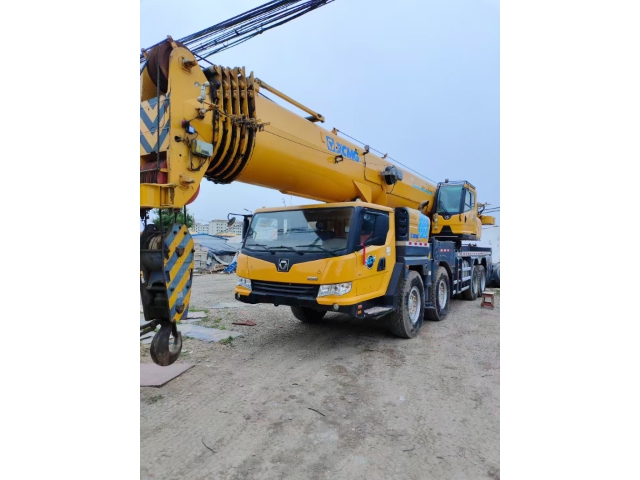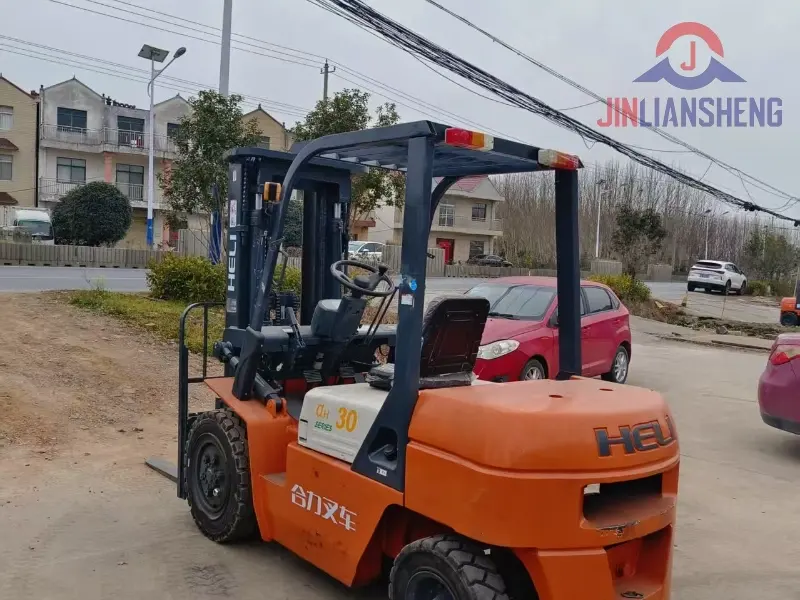Preventing Overload and Accidents When Using Used XCMG Cranes
Release time: 2025-09-18
Table of Contents
Cranes are powerful machines that make lifting and moving heavy materials much easier on construction sites. However, when operating a used XCMG crane, safety must always come first. Overloading or using the machine incorrectly can lead to accidents, equipment damage, or even serious injuries. Whether you’re an operator, site manager, or contractor, following proper safety practices is essential. Here are some practical tips to help you prevent overload and accidents when using a used XCMG crane.
1. Know the Crane’s Lifting Capacity
Every crane has a maximum lifting capacity, which depends on the model, boom length, and working radius. For example, used XCMG cranes might lift between 50 to 75 tons — but only under specific conditions.
Always check the load chart provided by the manufacturer before starting work. Never guess or assume the crane can lift more than it’s rated for. Overloading even by a small amount can cause structural stress, boom damage, or tipping.
2. Inspect the Crane Before Each Operation
Used cranes may have more wear and tear than new ones, so regular inspections are critical. Before lifting any load, check the following:
- Hydraulic system for leaks or cracks
- Wire ropes and hooks for wear or corrosion
- Outriggers and stabilizers for firmness and balance
- Brakes and control systems for responsiveness
If you notice any unusual noises, vibrations, or oil leaks, stop the operation immediately and have the issue checked by a qualified technician. Preventing small problems early helps avoid costly accidents later.
3. Ensure Proper Ground Conditions
Even a perfectly working crane can become unstable if the ground is uneven or too soft. Always inspect and prepare the ground before lifting.
Use outrigger pads or steel plates under the crane’s legs to distribute the weight evenly. On construction sites with loose soil or slopes, additional support may be needed to prevent the crane from sinking or tipping over.
4. Train and Certify Operators
Operator error is one of the most common causes of crane accidents. Ensure that anyone operating an original second-hand XCMG crane has received professional training and certification. Operators should understand how to read load charts, calculate lifting angles, and recognize warning signs of overload.
Training should also include emergency procedures, such as how to safely lower a load or shut down the machine if something goes wrong.
5. Use Proper Communication and Signaling
During crane operations, clear communication between the operator and the ground crew is essential. Use standard hand signals or radios to guide lifting movements. Misunderstandings can easily lead to dangerous situations, especially in noisy or crowded worksites.
Appoint a qualified signal person who can maintain eye contact with the operator and ensure everyone stays safe.
6. Never Ignore Warning Alarms
Modern XCMG cranes are equipped with load moment indicators (LMI) and safety alarms that alert the operator when the load is too heavy or when the boom angle is unsafe. Never disable or ignore these alarms. They are designed to prevent overloads and help the operator maintain balance and stability during lifting.
Final Thoughts
Using a used XCMG crane safely requires awareness, preparation, and discipline. Always respect the lifting limits, perform regular inspections, train operators properly, and maintain good communication on site.
A well-maintained used XCMG crane can perform just as safely and efficiently as a new one — as long as it’s used correctly.
If you’re looking for quality, safety-tested used XCMG cranes, Hefei Yiarm provides reliable machines and professional support to ensure your projects run safely and smoothly.



